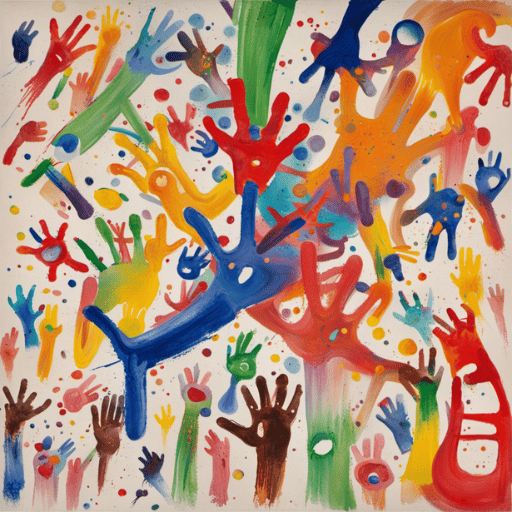A Story Book For Children In Canada About Post-Polio Syndrome
Once upon a time, in a cozy little town called Mapleville, there lived a brave and adventurous little girl named Lily. Lily loved playing in the snow, building snowmen, and ice skating on the frozen lakes. She was always full of energy and had a big smile on her face.
But one day, Lily started feeling very tired and her legs felt weak. She couldn’t run as fast as before, and even walking became a little difficult. Her parents took her to the friendly doctor, Dr. Maple, who explained to Lily and her family about a condition called Post-polio syndrome.
Dr. Maple told them that a long time ago, when Lily’s grandparents were young, there was a disease called polio that affected many children in Canada. But thanks to a special vaccine, the disease was almost gone. However, some people who had polio when they were young could still experience weakness and tiredness in their muscles when they grew up, just like Lily.
Dr. Maple assured Lily and her family that Post-polio syndrome was not contagious, and Lily would still be able to do many things she loved, but she might need to take things a little slower and rest more often.
Lily’s parents were worried, but Lily was determined to face this new challenge with bravery and a positive attitude. She knew that her favorite ice rink, Frosty’s Arena, was accessible for everyone, including those with special needs. So, she decided to continue ice skating, even if it meant taking breaks more often.
Lily’s best friend, Max, who was always by her side, learned about Post-polio syndrome too. He wanted to help Lily feel better, so he came up with a brilliant idea. Max knew that Lily loved maple syrup, which was a special treat in Canada. He thought that maybe the sweet and delicious syrup could give Lily some extra energy.
Max and Lily went to the local maple farm, where they met Mr. Maplewood, the syrup expert. Mr. Maplewood explained that maple syrup was made from the sap of maple trees, and it was full of natural sugars that could give a little boost of energy.
Lily and Max decided to try a little bit of maple syrup before going ice skating. And guess what? It worked like magic! Lily felt a burst of energy, and she glided on the ice with a big smile on her face.
From that day on, Lily and Max always had a small bottle of maple syrup with them whenever they went on their adventures. It became their secret weapon to help Lily feel strong and keep her spirits high.
And so, with the support of her loving family, her best friend Max, and the magical power of maple syrup, Lily continued to enjoy her favorite activities, even with Post-polio syndrome. She learned that sometimes, we all face challenges, but with a positive attitude and a little help from our loved ones, we can overcome anything.
And as the moon shone brightly over Mapleville, Lily drifted off to sleep, dreaming of new adventures and maple syrup-filled smiles. The end

